Gude Expert Power Control 1000 User manual
Other Gude Switch manuals
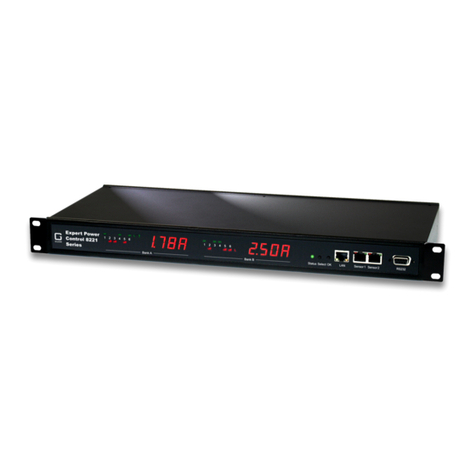
Gude
Gude Expert Power Control 8221 Series User manual
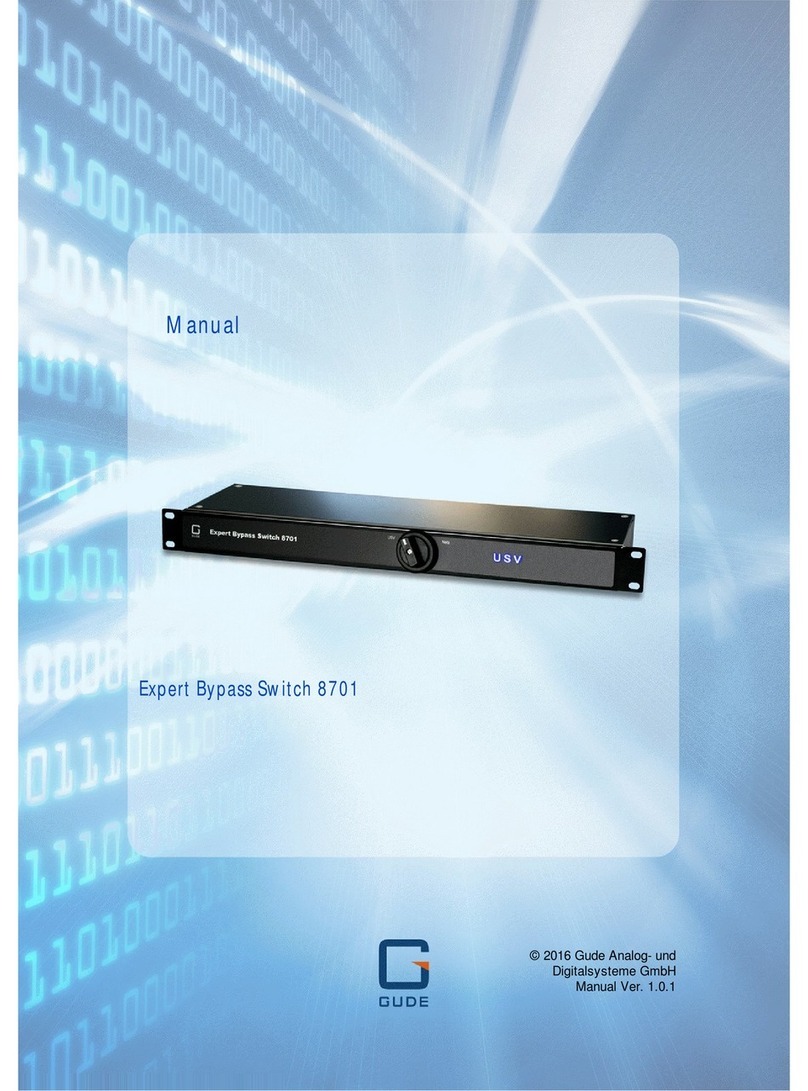
Gude
Gude Expert Bypass Switch 8701 Series User manual
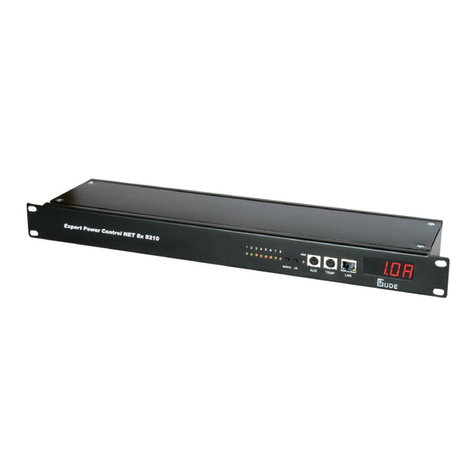
Gude
Gude Expert Power Control NET 8x 8211 User manual
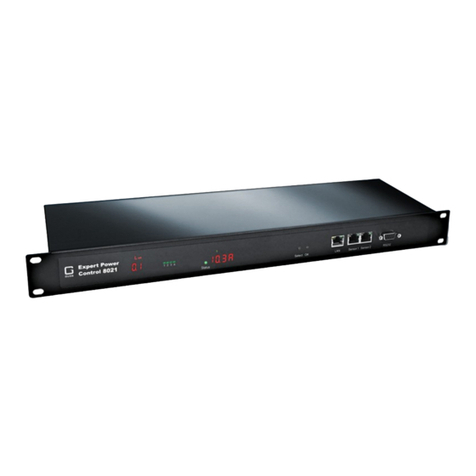
Gude
Gude Expert Power Control 8021 Series User manual
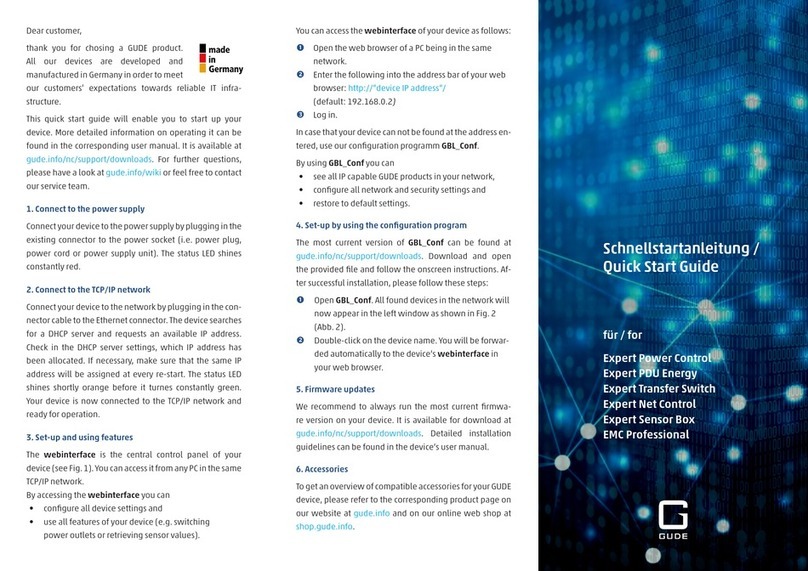
Gude
Gude Expert USB User manual
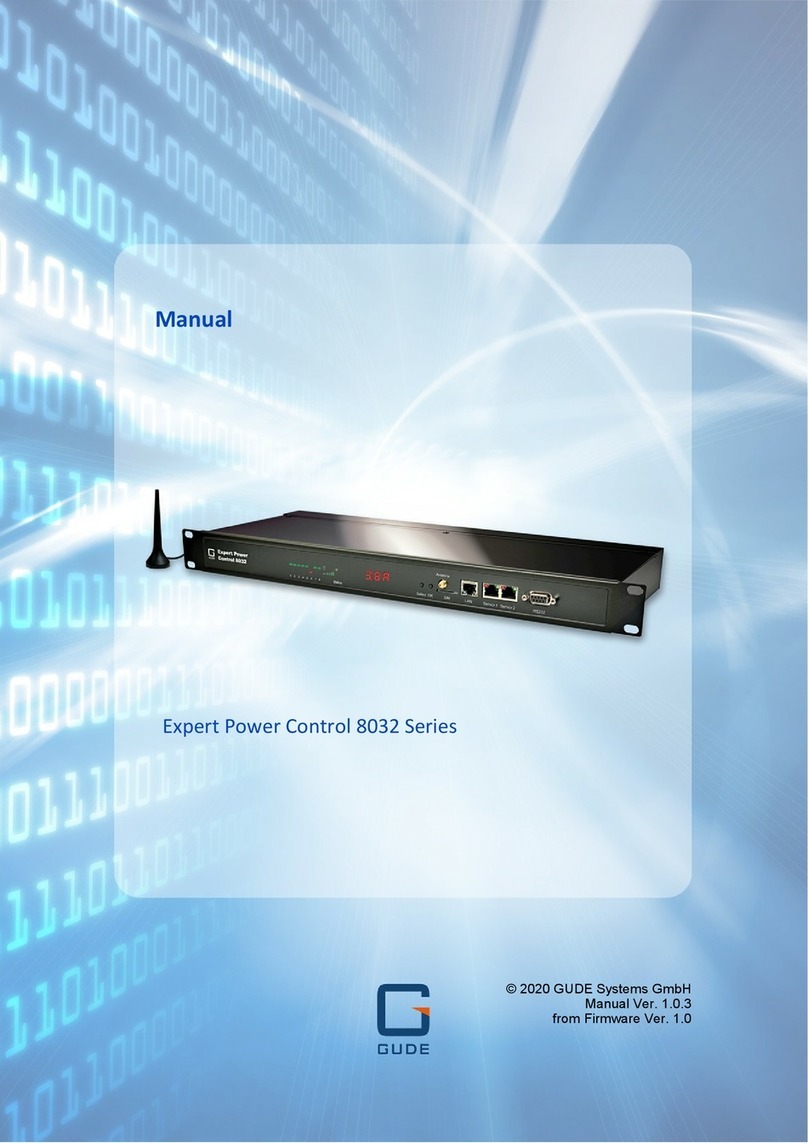
Gude
Gude Expert Power Control 8032-1 User manual
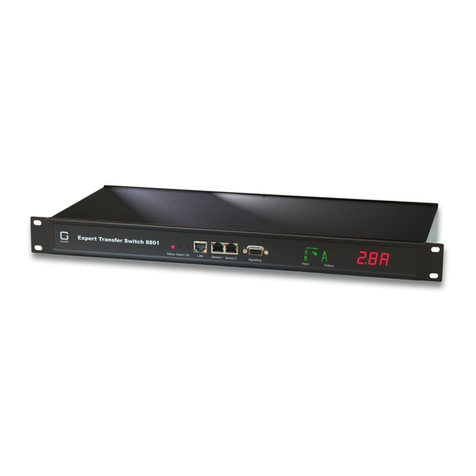
Gude
Gude 8801 User manual
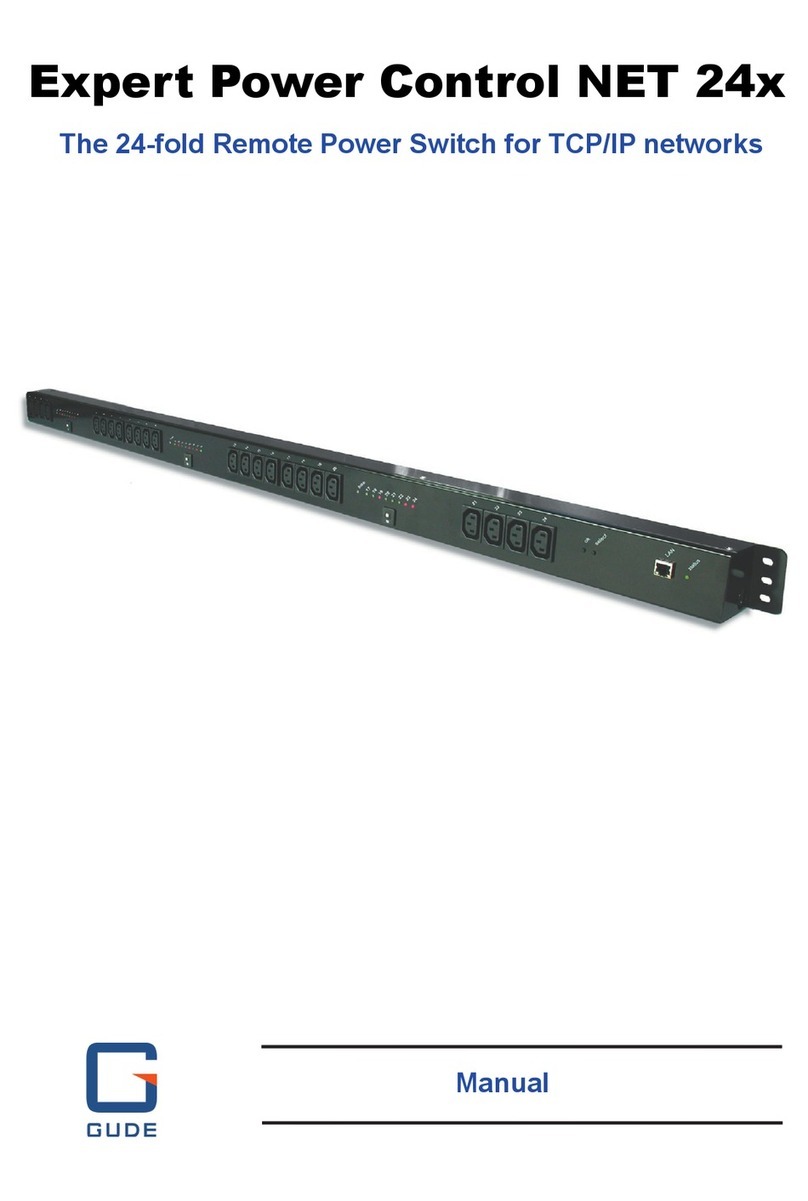
Gude
Gude Expert Power Control NET 24x User manual
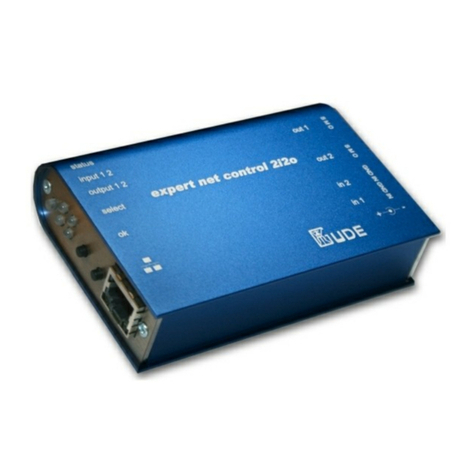
Gude
Gude Expert net control 2i2o User manual
Popular Switch manuals by other brands

SMC Networks
SMC Networks SMC6224M Technical specifications

Aeotec
Aeotec ZWA003-S operating manual

TRENDnet
TRENDnet TK-209i Quick installation guide

Planet
Planet FGSW-2022VHP user manual

Avocent
Avocent AutoView 2000 AV2000BC AV2000BC Installer/user guide

Moxa Technologies
Moxa Technologies PT-7728 Series user manual

Intos Electronic
Intos Electronic inLine 35392I operating instructions

Cisco
Cisco Catalyst 3560-X-24T Technical specifications

Asante
Asante IntraCore IC3648 Specifications

Siemens
Siemens SIRIUS 3SE7310-1AE Series Original operating instructions

Edge-Core
Edge-Core DCS520 quick start guide

RGBLE
RGBLE S00203 user manual















